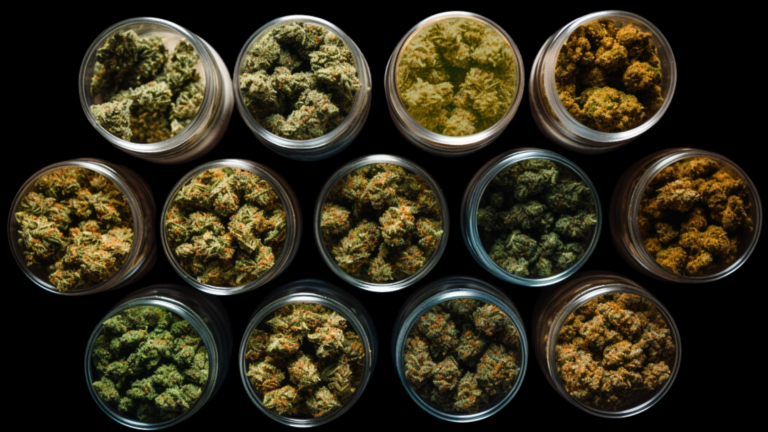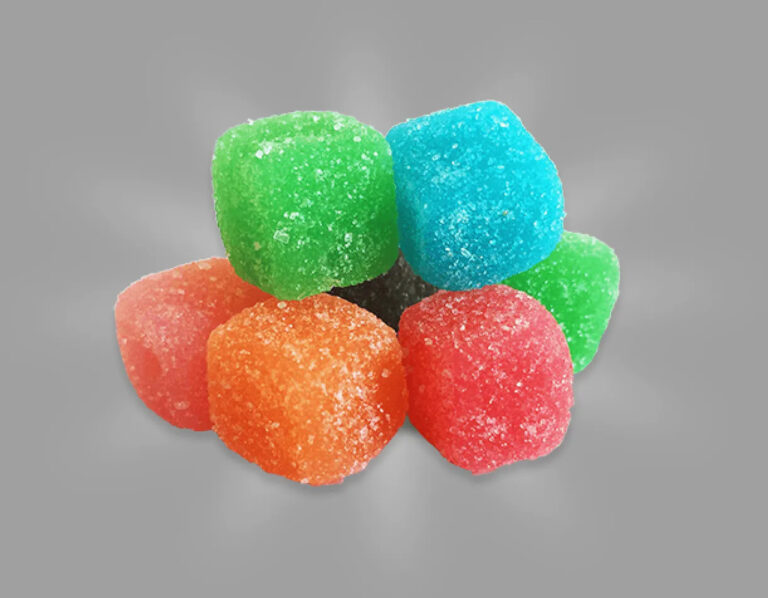The motivation behind the camera filters is at a fundamental level equivalent to the filters in different devices: capturing the earth or unfortunate massive particles. However, camera filters help create many stunning effects and enhanced looks in photographs.
Most professional photographers have more than one compressed filter for photos with their critical focal points. In any case, for starters, it helps to have several different filters near you.
To be applicable, the camera’s filter must line up with the focal point. The purpose of the direct optical component is to adjust the light that passes through perspective when the screen is opened. Hence, we see the improved quality of images. The filter can also guarantee the focal point, especially from the salty air, which with an excess of width, will crush it.
Both film cameras and computer cameras use a similar type of filter; No matter how advanced, they have different reflections. For example, advanced cameras have a more pronounced propensity for victory features. Accordingly, polarizers may be useful for reducing contrast. Moreover, the usual UV filters are not required because computerized cameras are sensitive to bright light. Moreover, infrared filters are much easier to use.
Some types of filters
There are many types of camera filters, each with its arrangement of objects.

- Bright filters (UV) absorb bright light. Brightness is invisible light, and movie cameras are more sensitive than advanced cameras. The bright light is incredibly thick; This fish is due to the thin environmental layer.
UV light produces a haze that can cause image resolution to be lost as the subject moves away. Likewise, reviewing and centering images can be annoying.
- Infrared filters reduce noticeable light. While capturing etheric haze leaks and warmth effects, infrared filters are helpful. This type of filter absorbs clear light and transmits the infrared light to the focal point of the camera.
- Common thickness (ND) filters can be used to obtain a suitable width in highly concentrated lit environmental factors. It is also used to provide a specific aperture of the focal point for clarity of the image and evenly retain light from apparent reach. ND filters adjust the front of the light, even without changing the contact point’s aperture.
- Captive filters upgrade control for differentiation, reflection, and highlighting. In contrast to the different filters, they are based on different optical parameters. Only one vibratory method, the active filter, allows light to pass through. This kind of filter can be adjusted from different points of view, giving the picture more striking effects.
Lifelike filters are commonly used for outdoor photography as they enhance the subtlety of shading and contrast. Also, they make various tones. For example, a brilliant yellow light can be created using a yellow polar filter.
Likewise, reflections from glass or aqueous surfaces can be controlled, or perhaps limited, using polarizers. The suggested point is 33 degrees from the surface for an outstanding result. This filter for photos can cause an article in the water to give the impression that it is out of it by simply inverting the focal point.
- Optical filters allow different shots with different enhancements. These filters can cause the subject to appear more vibrant.
Regardless of whether taking pictures is entertainment or inviting activity, filters are an essential part of the shooting gun store for great results. Filters can offer entirely noticeable discrimination in analyzed images versus images without filtering.























